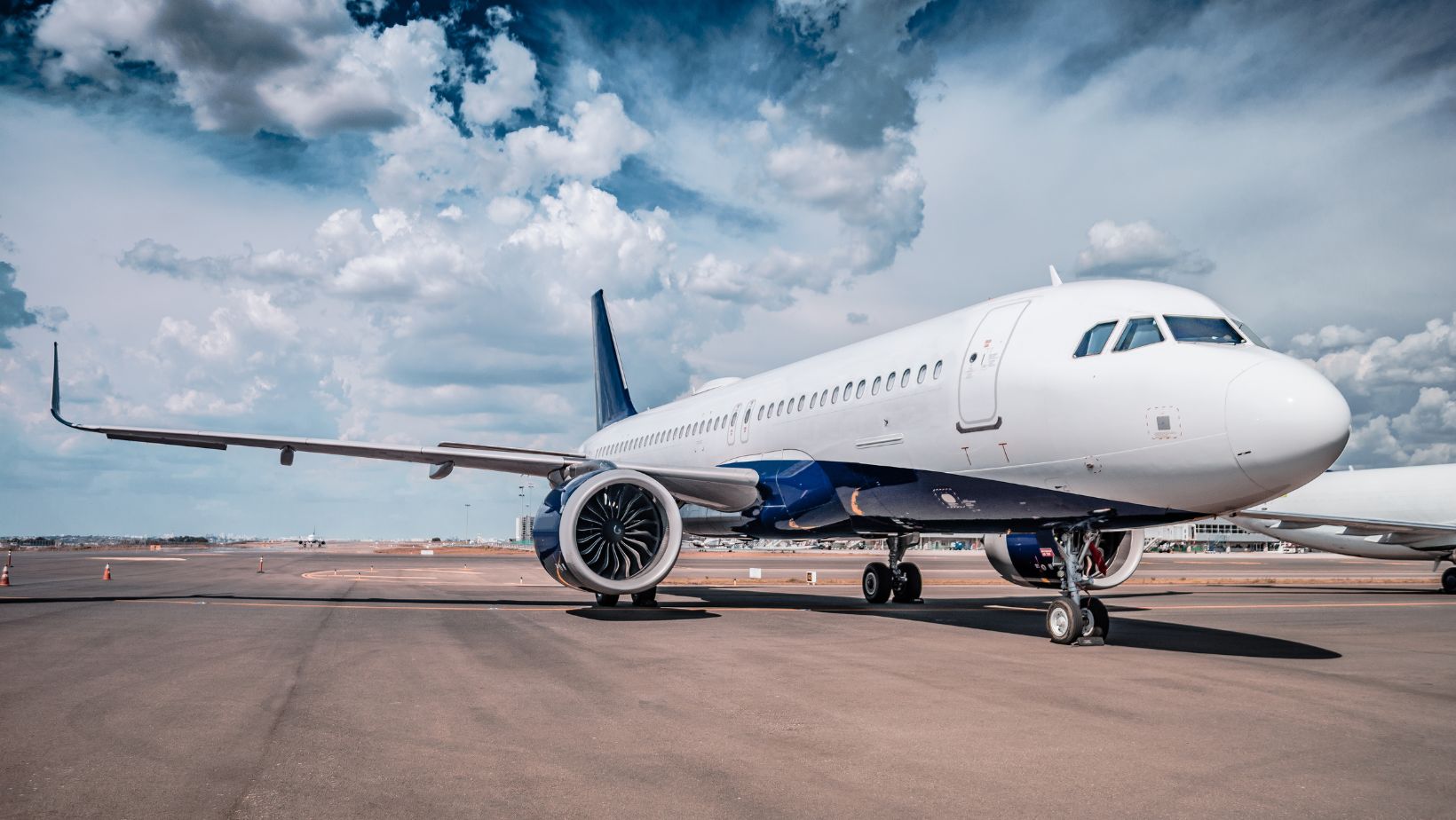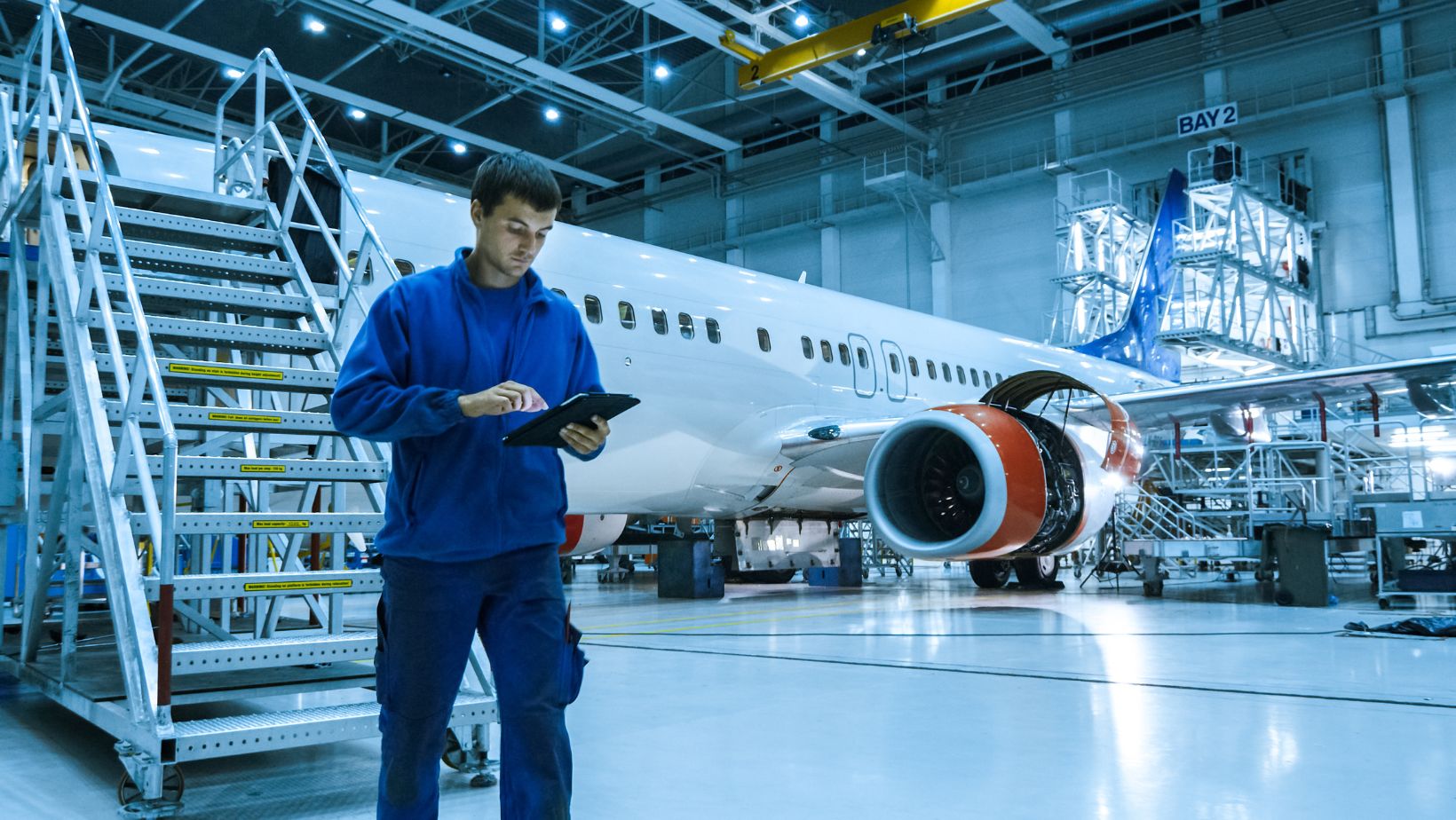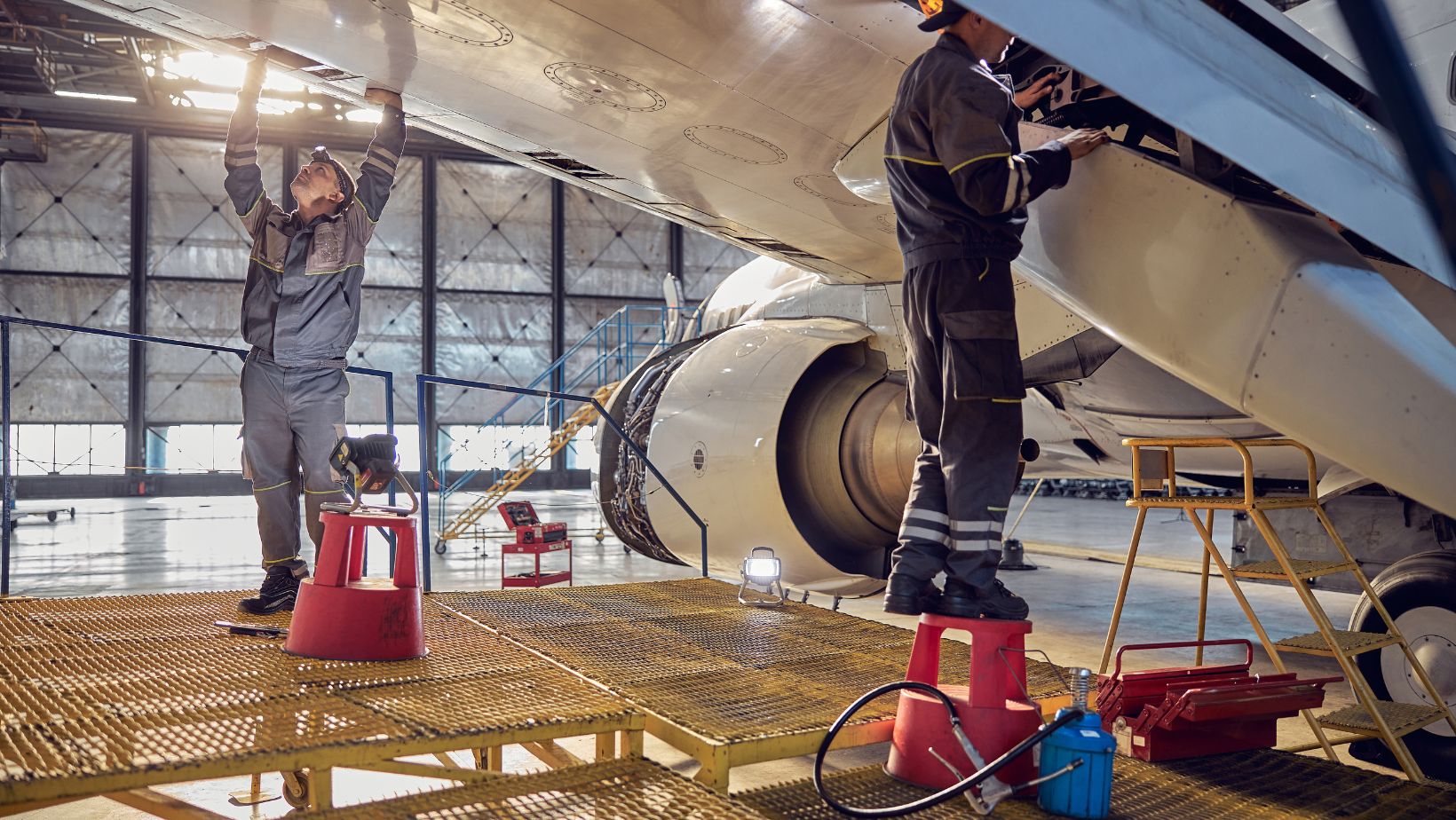
Flying, the epitome of human ingenuity, has always captivated our imagination. But as we gaze out of the airplane window, marveling at the world below, we seldom consider the intricate dance of machinery that keeps us aloft. Enter hydraulic fluid – the unassuming yet indispensable substance that powers the marvel of aviation. In this exploration, we’ll delve into the world of hydraulic fluid, uncovering its pivotal role in aircraft operations, from takeoff to touchdown.
The Heartbeat of Aviation: Hydraulic Systems Unveiled
A Symphony of Motion
Aircraft are intricate machines comprising countless moving parts meticulously choreographed to ensure smooth, controlled flight. At the core of this symphony of motion lie hydraulic systems – the silent conductors orchestrating the dance of flaps, landing gear, and flight control surfaces.
Power in Fluidity
Hydraulic systems harness the power of fluid mechanics to transmit force with precision and efficiency. Hydraulic fluid, akin to the lifeblood coursing through the veins of an aircraft, serves as the conduit through which power flows, enabling seamless control of crucial components.
Deciphering the Essence: Functions and Properties of Hydraulic Fluid
The Multifaceted Role
Hydraulic fluid, such as MIL PRF 5606, wears many hats in the realm of aviation, each more vital than the last:
●Force Transmission – From the roar of the engines to the whisper of the wind, hydraulic fluid transmits power, ensuring every command from the cockpit is executed with finesse.
●Lubrication – Amidst the cacophony of moving parts, hydraulic fluid acts as a silent guardian, reducing friction and wear, thus prolonging the lifespan of critical components.
●Temperature Regulation – In the face of blistering heat and biting cold, hydraulic fluid maintains its composure, dissipating excess heat and preserving optimal operating conditions.
●Corrosion Resistance – Like a steadfast sentinel, hydraulic fluid shields vulnerable metal surfaces from the ravages of corrosion, safeguarding the integrity of the entire system.
The Quintessential Quirks
For hydraulic fluid to fulfill its myriad roles effectively, it must possess a unique set of characteristics:
●Viscosity – The fluid’s viscosity, akin to its thickness, dictates its ability to flow seamlessly through the labyrinth of hydraulic conduits, regardless of temperature or pressure.
●Stability – Stability is the cornerstone of hydraulic fluid’s longevity, resisting the siren call of oxidation and degradation that threatens to undermine its efficacy.
●Compatibility – A harmonious relationship with system materials ensures hydraulic fluid remains a steadfast ally, rather than a silent saboteur.
●Fire Resistance – In the crucible of aviation, where the specter of fire looms large, hydraulic fluid’s ability to resist ignition is nothing short of lifesaving.
Navigating the Fluid Landscape: Types of Hydraulic Fluid
Traditional Titans: Mineral Oil-Based Fluids
In the annals of aviation history, mineral oil-based fluids stand as stalwart guardians, their reliability and affordability making them the cornerstone of hydraulic systems for decades.
The Vanguard of Progress: Synthetic Fluids
With the march of progress comes a new breed of hydraulic fluid – synthetic, sophisticated, and undeniably superior.

Phosphate esters and organophosphate esters lead the charge, offering enhanced performance, broader temperature tolerances, and unparalleled fire resistance.
Embracing Eco-Consciousness: Biodegradable Fluids
In an era of heightened environmental awareness, biodegradable hydraulic fluids emerge as beacons of sustainability. Derived from renewable sources, these fluids offer a green alternative without compromising on performance or safety.
Nurturing the Lifeline: Maintenance and Safety Practices
Vigilance in Action
In the realm of aviation, vigilance is not merely a virtue – it’s a necessity. Regular maintenance, meticulous inspections, and stringent adherence to safety protocols are the cornerstones of aviation safety.
The Battle Against Contamination
Contamination is the bane of hydraulic systems, lurking in the shadows, waiting to wreak havoc. Through meticulous filtration, vigilant seal maintenance, and unwavering attention to detail, the war against contamination rages on.
Taming the Elemental Fury
From the scorching deserts to the icy expanse of the poles, hydraulic systems must brave the elements with unwavering resolve. Thermal insulation, cooling systems, and temperature-resistant fluids stand as bulwarks against nature’s fury, ensuring optimal performance in any environment.
FAQ: Answering Your Burning Questions
Q: Is hydraulic fluid flammable?
A: While hydraulic fluid is generally designed to be fire-resistant, certain types of hydraulic fluid can still be flammable under specific conditions. It’s crucial to use the appropriate type of fluid and adhere to safety protocols to minimize the risk of fire in aircraft hydraulic systems.
Q: How often should hydraulic fluid be replaced?
A: The frequency of hydraulic fluid replacement depends on various factors, including the type of fluid used, operating conditions, and manufacturer recommendations. Regular inspections and fluid analysis can help determine the optimal replacement interval for your aircraft’s hydraulic system.
Q: Can I mix different types of hydraulic fluid?
A: Mixing different types of hydraulic fluid can have adverse effects on system performance and integrity. It’s essential to use compatible fluids recommended by the aircraft manufacturer and avoid mixing different types unless explicitly approved.
Q: What measures are taken to prevent hydraulic fluid leaks?
A: Hydraulic fluid leaks can be mitigated through regular inspections, proper maintenance of seals and fittings, and adherence to safety protocols during maintenance procedures.

Additionally, robust containment systems and prompt detection of leaks are essential for minimizing environmental impact.
A Tribute to the Unsung Hero
So, the next time you find yourself soaring amongst the clouds, take a moment to ponder the marvel of hydraulic fluid – the unassuming yet indispensable elixir that propels us ever skyward. For without it, the dream of flight would remain but a distant fantasy.















